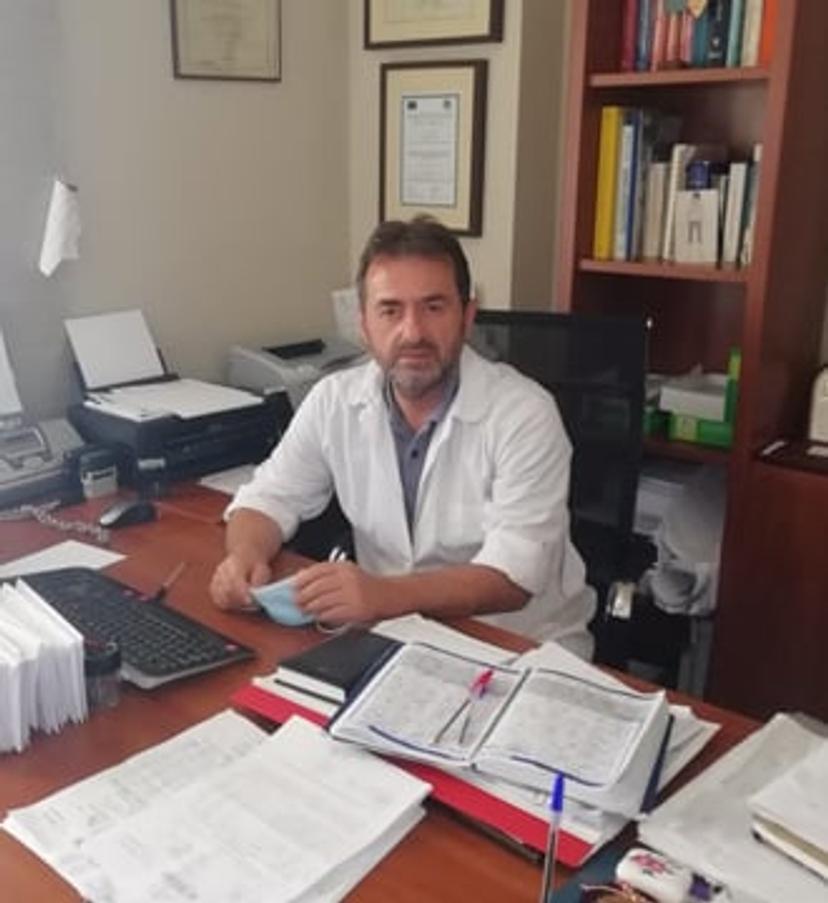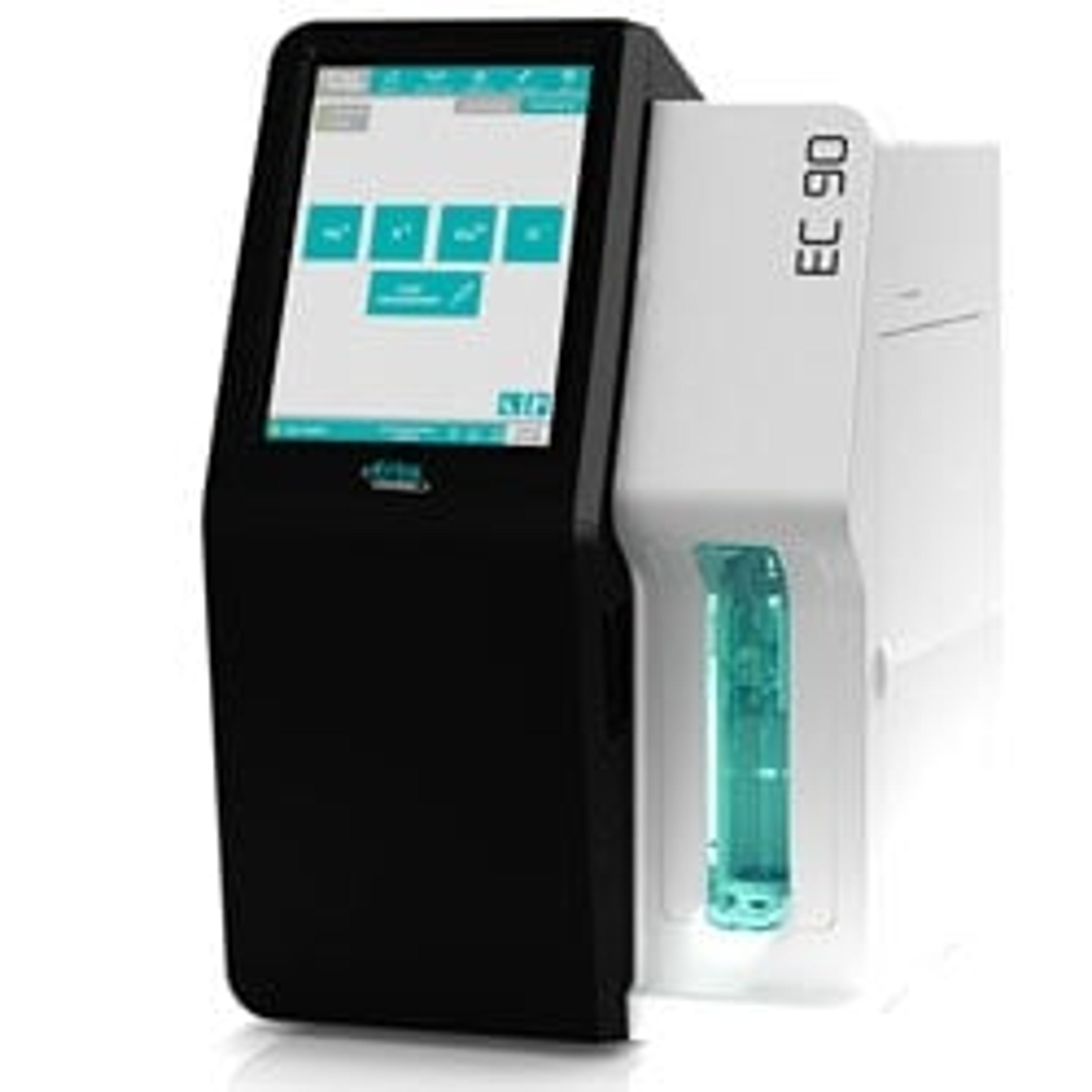Overcome electrolyte analysis challenges with maintenance-free biosensor technology
Discover how to increase precision and reduce throughput time of your routine electrolyte analyses
6 May 2021

Electrolyte analyzers are routinely used in medical diagnostics to examine physiological conditions within the body. Hospitals and clinical laboratories, as well as point-of-care settings, rely on electrolyte analyzers to measure the concentration of different ions in the blood, providing important information about the body's electrolyte balance that can be used to detect metabolic imbalances, assess renal and cardiac function and contribute to the early detection of human diseases. However, despite their wide use, electrolyte analyzers operating using traditional electrode technology are subject to a multitude of challenges, with the need for the periodic replacement of electrodes, in particular, posing significant limitations on test performance and laboratory throughput.
In this interview, we talk with George Revenas, co-manager of a private diagnostics laboratory in Athens, Greece, to learn more about the issues faced by clinical laboratories performing electrolyte analysis and how his team is overcoming these with a novel state-of-the-art electrolyte analyzer from Erba Mannheim. Revenas also provides top tips on how to boost electrolyte testing success and outlines his hopes for the advancement of this technique in the future.
SS: Why is it important to test for electrolytes?
GR: Electrolytes keep our body fluids in a well-regulated balance, including heart rhythm, muscle contraction, and brain function. Doctors order electrolyte analyses as part of regular health check-ups to help diagnose medical conditions as well as to follow the progress of specific medications, particularly diuretics or angiotensin-converting enzyme (ACE) inhibitors that can create metabolic imbalances.
SS: What challenges are clinical laboratories currently facing with regards to these analyses?
GR: For the past 20 years, electrolyte analysis in clinical laboratories using biological samples including serum, whole blood, urine, and others has mostly been based on electrochemical measurements with the use of ion-selective electrodes. Unfortunately, these electrodes need periodic maintenance and can give erroneous results if not frequently replaced, which in turn interrupt workflows and can be expensive for laboratories. As a result, this can increase the hands-on time for clinicians and more importantly the overall waiting time for patients.
SS: How is the new EC 90 ISE analyzer addressing these challenges?
GR: In an ideal world, clinicians and medical professionals would have an analyzer that is stable and can be used without fault on a daily basis. The EC 90 is a next-generation electrolyte analyzer that combines new maintenance-free biosensor technology with a user-friendly interface, advanced data management, and excellent precision.
The EC 90 ISE analyzer’s replaceable polymer sensor cartridge along with its long-lasting durability makes this instrument a clinician’s dream. The analyzer is very easy to use and its integrated software helps iron out any of the easy mistakes made by traditional electrolyte analyzers.
SS: Who is the system designed for?
GR: The EC 90 is a compact analyzer that fits every clinical laboratory, and it is capable of measuring the free ion concentrations of sodium (Na+), potassium (K+), chloride (Cl-), and ionized calcium (iCa2+) ions in the extracellular water phase of many different sample types.
The “all-in-one” cartridges cater for any laboratory size since the cartridges integrate the reagent pack with the biosensor and are available in three different kit sizes, small, medium and large, capable of performing 500, 1,000 and 3,000 sample measurements respectively with an on-board lifetime of three months.
SS: Do you have any top tips for achieving success with this system?
GR: The EC 90 performs automatic 1-point and 2-point calibrations, monitors the slopes and provides advanced error flagging. It is very simple to operate with minimal maintenance. The key, as with every analytical laboratory instrument, is to regularly perform QC and review the data systematically.
Fortunately, the analyzer’s built-in software keeps a complete record and can review Westgard QC rules and Levey-Jennings charts.
SS: What are your hopes for electrolyte analysis in the future?
GR: I would like to see the measuring parameters menu expand and provide additional electrolytes, for example, magnesium, which can also be used in combination with other biochemistry tests and advanced algorithms (AI) to improve early diagnosis and monitoring. The results of these biomarkers, used in combination with other data and clinical symptoms, will add further sensitivity and specificity to the assessment of physiological conditions going forwards.
Do you use Erba Mannheim products in your lab? Write a review today for your chance to win a $400 Amazon Gift Card >>

